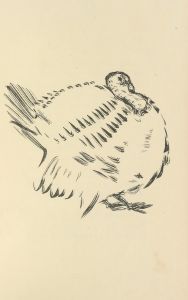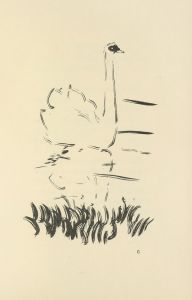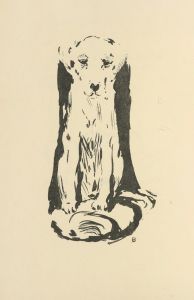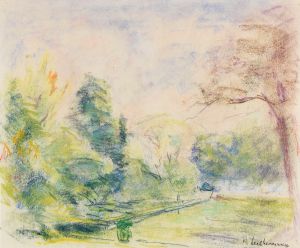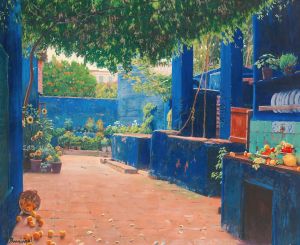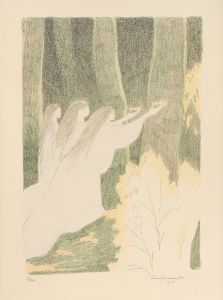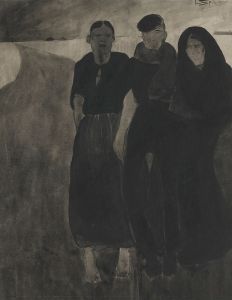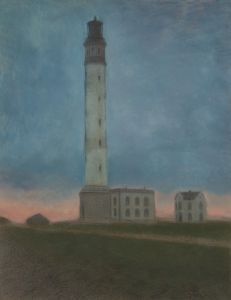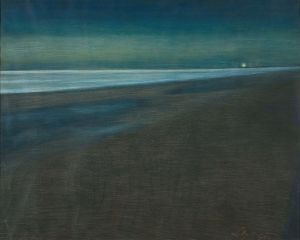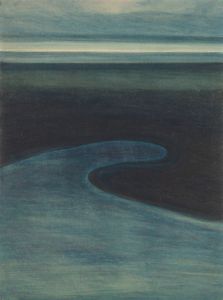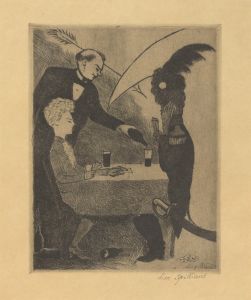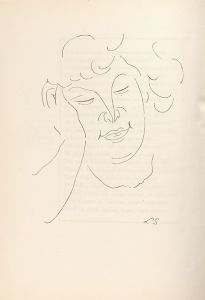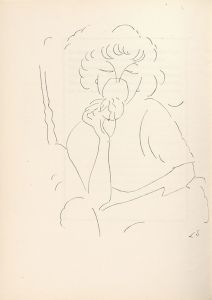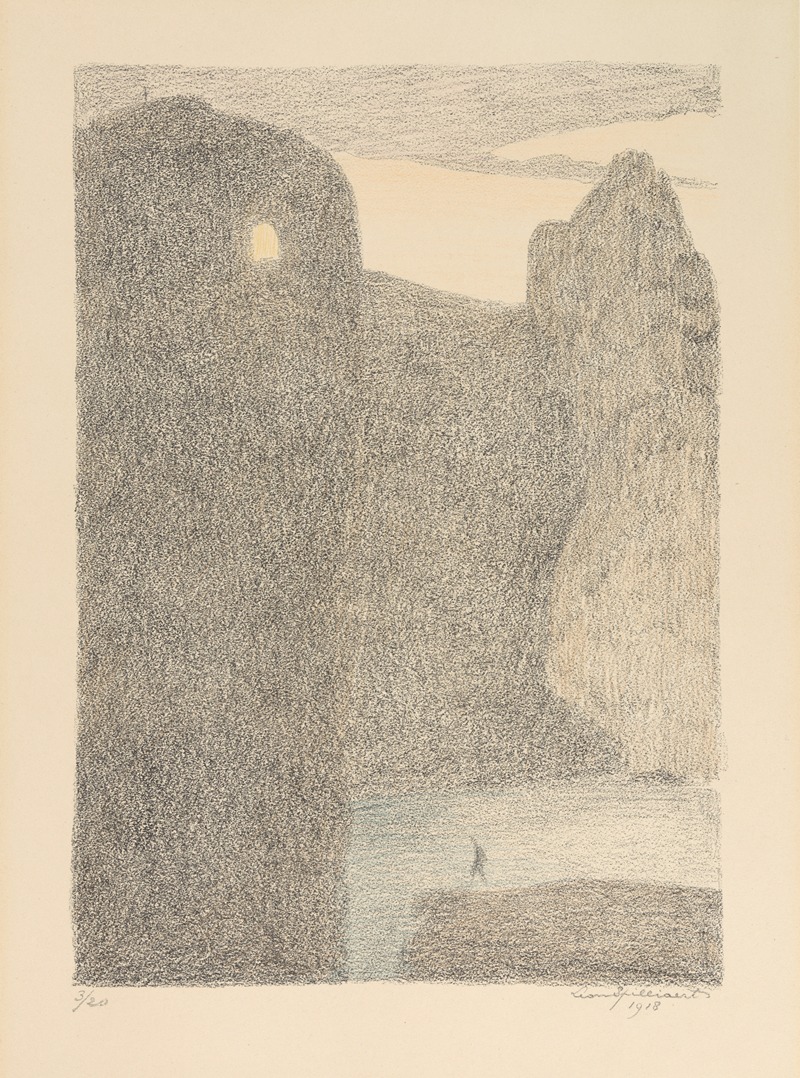
Les Serres Chaudes 9
A hand-painted replica of Léon Spilliaert’s masterpiece Les Serres Chaudes 9, meticulously crafted by professional artists to capture the true essence of the original. Each piece is created with museum-quality canvas and rare mineral pigments, carefully painted by experienced artists with delicate brushstrokes and rich, layered colors to perfectly recreate the texture of the original artwork. Unlike machine-printed reproductions, this hand-painted version brings the painting to life, infused with the artist’s emotions and skill in every stroke. Whether for personal collection or home decoration, it instantly elevates the artistic atmosphere of any space.
Léon Spilliaert was a Belgian symbolist painter and graphic artist, known for his unique style that often explored themes of solitude, introspection, and the metaphysical. Born in Ostend, Belgium, in 1881, Spilliaert's work is characterized by its moody atmospheres and innovative use of light and shadow. His artistic output includes a variety of media, including watercolor, gouache, and pastel, often on paper.
"Les Serres Chaudes 9" is one of Spilliaert's works that falls within his broader exploration of interior spaces and the human psyche. The title, which translates to "The Hot Houses," suggests a focus on enclosed, possibly oppressive environments, a recurring theme in Spilliaert's oeuvre. Unfortunately, specific details about "Les Serres Chaudes 9" are scarce, as it is not one of Spilliaert's most widely discussed works. However, it can be contextualized within his broader body of work and thematic concerns.
Spilliaert's art often reflects his personal experiences and the cultural milieu of early 20th-century Europe. He was influenced by the symbolist movement, which sought to express the emotional and spiritual through symbolic imagery. This influence is evident in his use of stark contrasts and ethereal, dreamlike qualities. Spilliaert's work frequently features solitary figures or empty spaces, evoking a sense of mystery and existential reflection.
During the time Spilliaert was active, Belgium was a hub for artistic innovation, with movements such as symbolism and later surrealism gaining prominence. Spilliaert's work is often associated with these movements due to its introspective nature and exploration of the subconscious. His unique approach to composition and light has drawn comparisons to other symbolist artists, though his work remains distinct in its psychological depth and atmospheric intensity.
In examining Spilliaert's broader body of work, one can see recurring motifs such as the sea, windows, and mirrors, which serve as metaphors for introspection and the boundary between the internal and external worlds. His use of color is often subdued, with a preference for monochromatic palettes that enhance the emotional impact of his compositions.
"Les Serres Chaudes 9," like many of Spilliaert's works, likely invites viewers to contemplate themes of isolation and the passage of time. The title itself suggests a focus on the natural world contained within artificial structures, perhaps symbolizing the tension between nature and human intervention. This aligns with Spilliaert's interest in exploring the confines of space, both physical and psychological.
Spilliaert's legacy is that of an artist who captured the complexities of the human condition through his evocative and often haunting imagery. His work continues to be celebrated for its emotional resonance and innovative approach to visual storytelling. While "Les Serres Chaudes 9" may not be as well-documented as some of his other pieces, it remains a part of the rich tapestry of Spilliaert's artistic exploration, contributing to our understanding of his unique vision and the broader symbolist movement.





